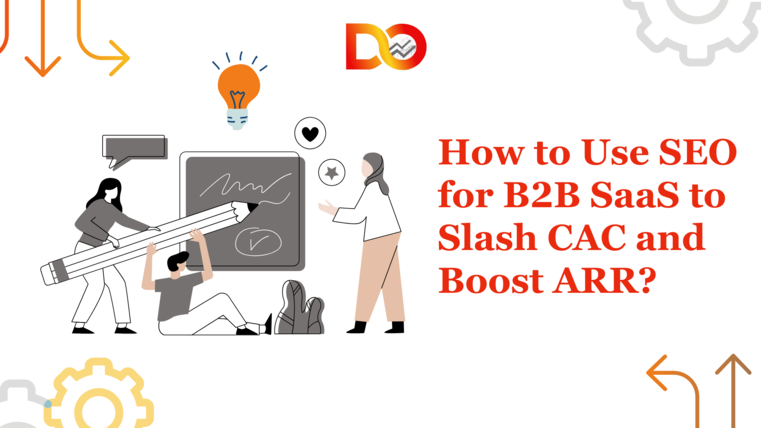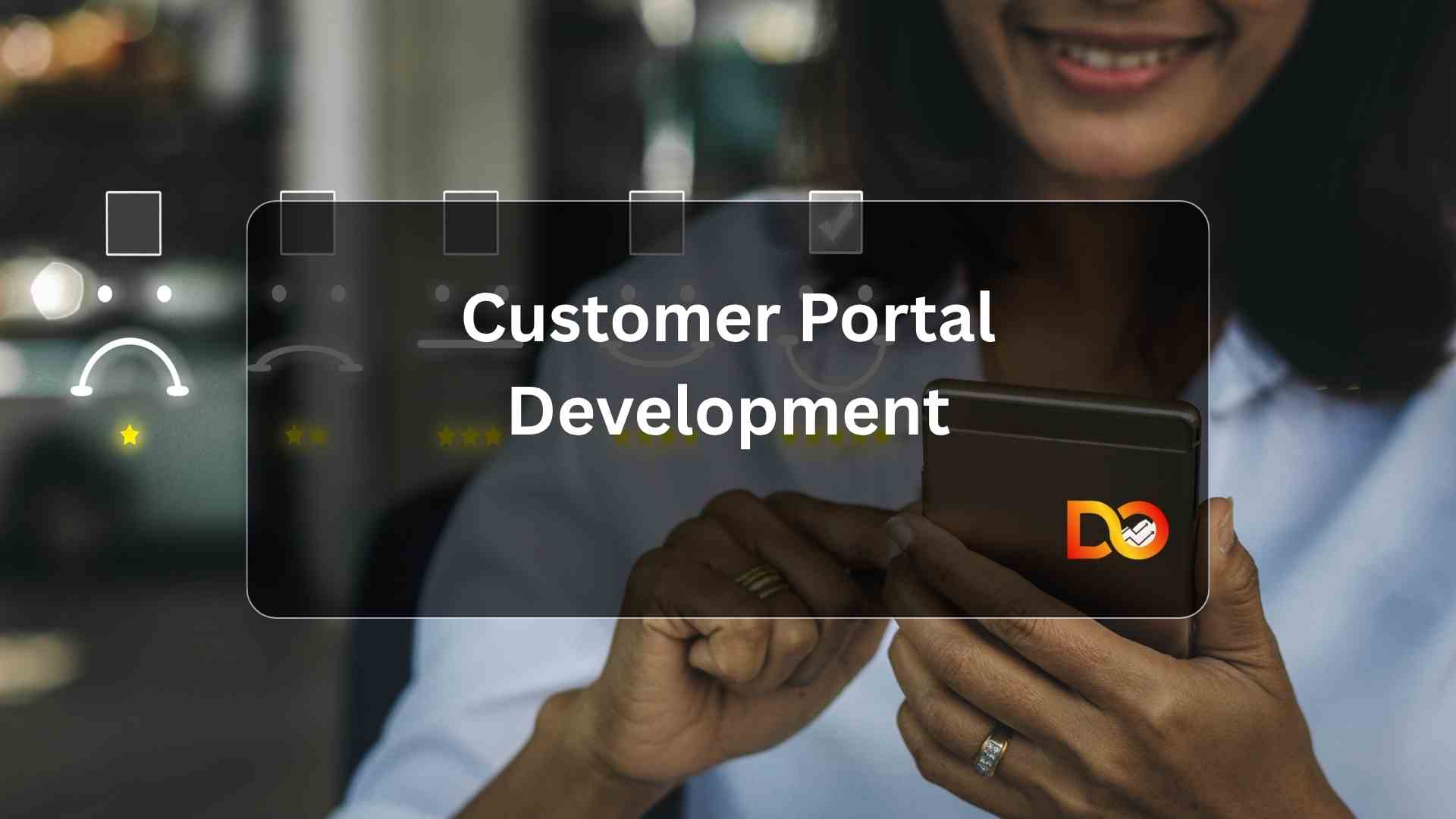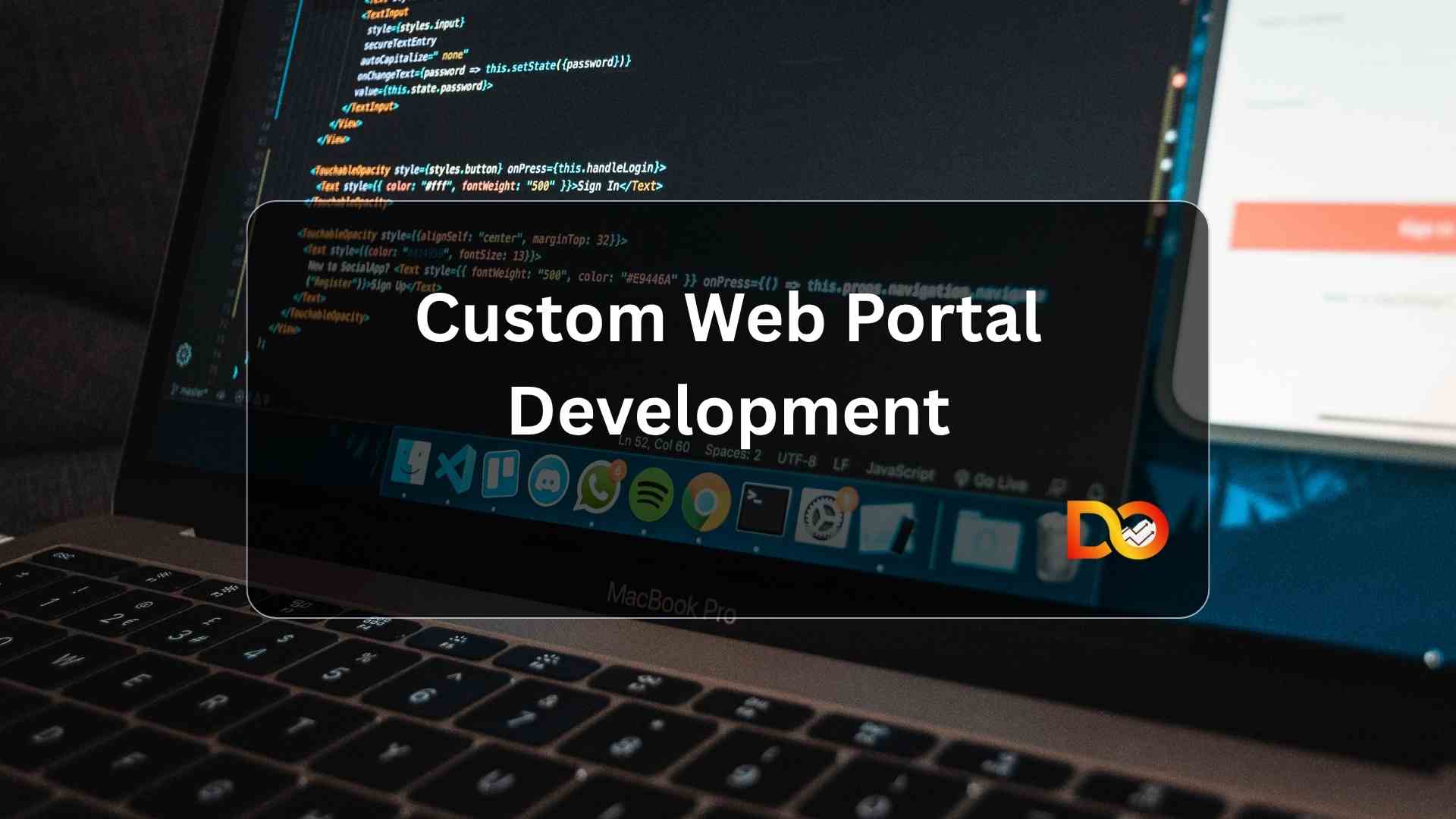Introduction (APP Formula)
Agree: Acquiring customers for B2B SaaS can be expensive—often costing thousands per lead.
Promise: However, by leveraging SEO for B2B SaaS, you can dramatically reduce Customer Acquisition Cost (CAC) and simultaneously boost Annual Recurring Revenue (ARR).
Preview: In this post, we’ll explain why SEO is essential for sustainable B2B SaaS growth, outline a strategic four-pillar approach, and share actionable steps you can implement immediately. As a result, you’ll see how a dedicated b2b saas seo agency or consultant—using proven saas seo strategies and marketing saas seo tactics—transforms organic traffic into predictable revenue.
Why SEO Matters for B2B SaaS
First and foremost, B2B SaaS buyers typically undergo lengthy research cycles. Consequently, they rely heavily on search engines to compare solutions, evaluate features, and read case studies. Moreover, paid channels—such as LinkedIn Ads or Google Ads—often have steep Cost Per Clicks (CPCs) and diminishing returns over time. Therefore, investing in SEO for B2B SaaS ensures you capture high-intent prospects early, reducing long-term paid spend.
Furthermore, organic traffic offers compounding value. Once you rank for a keyword like “best CRM for enterprise teams,” your content continues to attract relevant visitors month after month, without additional ad spend. In contrast, paid campaigns stop generating leads as soon as the budget is exhausted. Consequently, a focused b2b saas seo agency can lower CAC and shift the majority of your pipeline to cost-effective organic channels.
Four Pillars of B2B SaaS SEO to Slash CAC and Boost ARR
To achieve dramatic ROI, a comprehensive B2B SaaS SEO program hinges on four interrelated pillars:
- Technical SEO & Site Performance
- Targeted Content Strategy & Keyword Mapping
- Authority Building & High-Value Backlinks
- Conversion Rate Optimization (CRO) & Revenue Alignment
Each pillar builds on the previous one, creating a scalable, sustainable system that drives qualified leads and accelerates ARR growth. Below, we dive into each pillar in detail.
Pillar 1: Technical SEO & Site Performance
Before you can capture high-intent searches, your website must be technically sound. Without a strong foundation, search engines cannot crawl, index, or rank your content effectively. Consequently, investing in robust technical SEO is the first step toward slashing CAC.
Comprehensive Site Audit
First, engage a b2b saas seo agency or use tools like Screaming Frog, Google Search Console, and Sitebulb to identify:
- Crawl Errors & Redirect Chains: Broken links lead to wasted crawl budget and poor user experience.
- Duplicate Content & Orphan Pages: Consolidating or redirecting duplicate pages prevents thin-content penalties and ensures every page drives value.
- Mobile Usability & Core Web Vitals: Search engines prioritize mobile-first indexing. As a result, metric targets like Largest Contentful Paint (LCP) under 2.5 seconds and Cumulative Layout Shift (CLS) under 0.1 are critical.
By addressing these issues—such as fixing 404 errors, redirect loops, and orphaned pages—you improve both user experience and search rankings. Consequently, organic traffic grows, lowering your dependence on paid channels.
Page Speed & Performance Optimization
Furthermore, page speed directly impacts your bounce rate and conversion rates. Specifically, aim to:
- Compress Images & Serve Next-Gen Formats (WebP/AVIF): This often reduces file size by 50–80%.
- Minify CSS, JavaScript, and HTML: Eliminating unused code can cut file sizes by 20–30%.
- Implement Lazy Loading: Deferring offscreen images improves initial load times.
Leverage Browser Caching & Content Delivery Networks (CDNs): Tools like Cloudflare or AWS CloudFront reduce latency for global visitors.
By optimizing performance, you not only enhance user satisfaction but also boost search engine rankings. Consequently, a lean, fast site becomes the backbone for capturing more organic leads at a lower acquisition cost.
Structured Data & Schema Markup
Moreover, using structured data helps search engines understand your content contextually. For B2B SaaS sites, implement:
- SoftwareApplication Schema: Defines your product’s genre, operating systems, pricing, and aggregate ratings.
- FAQPage Schema: Enables rich “People Also Ask” snippets for questions like “What is B2B SaaS SEO?”
- Breadcrumb Schema (BreadcrumbList): Improves navigational links visible in search results.
As a result, rich snippets elevate click-through rates (CTR) by making your listings more attractive. Consequently, improved CTR drives more qualified traffic, further reducing CAC over time.
Pillar 2: Targeted Content Strategy & Keyword Mapping
Next, you need a laser-focused content strategy aligned with buyer intent. In other words, your content must guide prospects through each stage of the sales funnel—from awareness to evaluation to decision.
Buyer Persona Development & Keyword Research
First, identify your core buyer personas—such as CTOs, procurement managers, or end-users like customer success teams. Then, perform in-depth keyword research using tools like Ahrefs, SEMrush, or Moz. Segment keywords into three groups:
- TOFU (Top-of-Funnel/Awareness): Broad, educational queries (e.g., “benefits of B2B SaaS CRM,” “what is B2B SaaS SEO”).
- MOFU (Middle-of-Funnel/Consideration): Solution-oriented comparisons and guides (e.g., “best B2B SaaS CRM for enterprise,” “how to measure SaaS SEO ROI”).
- BOFU (Bottom-of-Funnel/Decision): Purchase triggers and branded terms (e.g., “schedule XCRM demo,” “XCRM unbeatable security features”).
By aligning content with your target personas and funnel stages, you ensure that each piece serves a specific conversion goal—reducing wasted impressions and boosting lead quality.
Pillar & Cluster Content Architecture
Once you’ve mapped keywords, adopt a pillar-and-cluster model. For instance:
- Pillar Pages (2,500+ words):
- “The Ultimate Guide to SEO for B2B SaaS”—covering technical SEO, content strategy, link building, and CRO. This page targets “seo for b2b saas.”
- “The Ultimate Guide to SEO for B2B SaaS”—covering technical SEO, content strategy, link building, and CRO. This page targets “seo for b2b saas.”
- Cluster Posts (800–1,200 words):
- “Top 5 SaaS SEO Strategies for 2025” (targeting “saas seo strategies”).
- “How a B2B SaaS SEO Agency Doubles Trial Signups” (targeting “b2b saas seo agency”).
- “Marketing SaaS SEO: Best Practices for 2025” (targeting “marketing saas seo”).
- “Top 5 SaaS SEO Strategies for 2025” (targeting “saas seo strategies”).
Each cluster article links back to the pillar page using descriptive anchor text (e.g., “discover more B2B SaaS SEO strategies here”). As a result, search engines see your site as a deeply interlinked topical authority, leading to higher rankings and more traffic.
Content Optimization & Ongoing Maintenance
Moreover, publishing content is only the beginning. Continually monitor performance using Google Analytics and Search Console metrics—such as dwell time, bounce rate, and conversion rates. Then, refresh pillar pages quarterly:
- Update Data & Statistics: Replace outdated charts with the latest industry benchmarks.
- Add New Case Studies & Testimonials: Highlight recent customer successes to reinforce credibility.
- Refine On-Page SEO: Incorporate new long-tail keywords and optimize headings (H2, H3) for improved relevancy.
By maintaining content freshness and relevancy, you ensure sustained rankings for competitive keywords, which in turn drives lower-cost inbound traffic and reduces overall CAC.
Pillar 3: Authority Building & High-Value Backlinks
Predictably, high‐quality backlinks remain one of Google’s strongest ranking signals—especially for competitive B2B SaaS keywords like “best SaaS SEO service” or “seo for b2b saas.” Therefore, a specialized SaaS SEO agency executes targeted link‐building campaigns and strategic PR initiatives.
Targeted Outreach & Guest Posting
First, compile a list of 50–75 high‐authority SaaS, tech, and marketing publications (Domain Authority 50+), such as:
- SaaStr
- TechCrunch
- VentureBeat
- MarketingProfs
Next, pitch thought‐leadership articles—topics like “How a B2B SaaS SEO Agency Slashed CAC by 50%” or “Top 10 Marketing SaaS SEO Tactics for 2025.” Each guest post includes a contextual backlink to your pillar pages or high‐value product pages. As a result, you gain not only referral traffic but also authority that search engines reward.
Digital PR & Proprietary Research
Moreover, conducting original research—such as “State of B2B SaaS SEO 2025 Survey”—serves as a powerful digital PR asset. By distributing the report via press releases and targeted social campaigns, you earn natural backlinks from media outlets, industry blogs, and influencer roundups. Consequently, these earned links boost domain authority and make it easier to rank for high‐intent search terms.
Partnership & Ecosystem Content
Furthermore, identify complementary SaaS platforms—CRM, email automation, customer success tools—and propose co‐authored content or webinars, for example:
- “Integrating [YourSaaS] with Salesforce: SEO Best Practices”
- “How Marketing SaaS SEO and Email Automation Drive B2B Conversions”
Such partnerships yield mutual backlinks, expanding your reach and reinforcing authority within the SaaS ecosystem. As a result, each new inbound link lowers the effort required to rank, thereby reducing CAC and accelerating ARR growth.
Pillar 4: Conversion Rate Optimization (CRO) & Revenue Alignment
Even with increased organic traffic, weak funnels can prevent growth. Therefore, every SaaS SEO service engagement must incorporate CRO tactics to maximize conversion and revenue:
Landing Page A/B Testing
First, identify your highest‐traffic landing pages—such as “Free Trial Signup” or “Request a Demo.” Then, run A/B tests on:
- Headlines & Subheadings: For instance, compare “Slash Your CAC with Expert SaaS SEO” against “Boost Your ARR with Proven B2B SaaS SEO.”
- CTA Copy & Design: Test “Start My Free Trial” vs. “Schedule a Personalized Demo” and experiment with button colors and placements.
- Form Length & Layout: Reduce the number of required fields from five to two (e.g., name and email) initially, then use progressive profiling to gather additional details later.
These iterations often yield 20–30% lifts in form completions. Consequently, increased conversion rates lower your effective CAC, since more organic leads become paying customers without additional ad spend.
Behavioral Analytics & User Journey Mapping
In addition, leverage tools like Hotjar or Crazy Egg to understand user behavior:
- Heatmaps: Reveal where visitors click, scroll, or drop off.
- Session Recordings: Show complete user sessions—highlighting hesitation points.
For example, if many visitors exit the trial signup page halfway, you might introduce a sticky CTA or simplify the navigation. By continuously refining based on user data, your SaaS SEO consultant ensures each visitor has a clear, frictionless path to conversion.
Revenue Attribution & Cohort Analysis
Moreover, integrate revenue‐tracking tools—such as Google Analytics 4 (GA4) and your CRM—to trace each organic lead’s journey from the first click to ARR contribution. Specifically:
- Cohort Analysis: Identify which keywords or content pieces generate the highest LTV customers over six or twelve months.
- Attribution Modeling: Use first‐touch, last‐touch, or multi‐touch attribution to understand how organic channels influence conversions at different stages.
As a result, you can double down on high‐performance keywords and content formats—further lowering CAC and amplifying ARR growth.
Real-World Example: Slashing CAC and Boosting ARR with SEO
Consider DataWorksPro, a mid-market B2B data integration SaaS. Before SEO, they relied heavily on paid ads, paying $1,200 per customer. Consequently, their ARR plateaued at $180k. After engaging DevOptiv—a dedicated b2b saas seo agency—they implemented the four-pillar framework with remarkable results:
- Months 1–2: Technical & Content Foundations
- Technical Fixes: Resolved 180+ crawl errors, improved LCP from 4.5s to 1.8s, and implemented structured data (SoftwareApplication, FAQPage).
- Pillar & Cluster Launch: Published the pillar page “Complete Guide to SEO for B2B SaaS” and six cluster posts targeting high-intent keywords like “b2b saas seo agency” and “marketing saas seo best practices.”
- Technical Fixes: Resolved 180+ crawl errors, improved LCP from 4.5s to 1.8s, and implemented structured data (SoftwareApplication, FAQPage).
- Result:
- Organic sessions increased from 2,500 to 9,000 monthly (+260%).
- Trial signups doubled from 100 to 200 per month.
- Organic sessions increased from 2,500 to 9,000 monthly (+260%).
- Months 3–4: Authority & Link Building Surge
- Guest Posting: Secured 28 backlinks from SaaS and tech publications (SaaStr, VentureBeat, G2).
- Digital PR: Released the “2025 State of B2B SaaS SEO” report, earning 18 natural backlinks and social media buzz.
- Guest Posting: Secured 28 backlinks from SaaS and tech publications (SaaStr, VentureBeat, G2).
- Result:
- Domain Authority rose from 24 to 45.
- Organic sessions climbed to 14,000 monthly (+460% from baseline).
- MQLs increased from 150 to 450 per month.
- Domain Authority rose from 24 to 45.
- Months 5–6: CRO & Revenue Alignment
- A/B Testing: Optimized trial signup page—conversion rate jumped from 8% to 18%.
- Behavioral Tweaks: Introduced a persistent “Schedule a Demo” sticky header, which reduced drop-off on feature pages by 25%.
- A/B Testing: Optimized trial signup page—conversion rate jumped from 8% to 18%.
- Final Outcome (By Month 6):
- Organic Traffic: 2,500 → 18,000 monthly sessions (+620%)
- Trial Signups: 100 → 2,200 per month (+2,100%)
- CAC (Organic): Dropped from $1,200 to $150 per customer
- ARR: $180k → $780k (+433%)
- Organic Traffic: 2,500 → 18,000 monthly sessions (+620%)
As a result, DataWorksPro slashed CAC by 87% while boosting ARR more than fourfold—all by leveraging SEO for B2B SaaS through targeted saas seo strategies and robust CRO.
Actionable Steps to Slash CAC and Boost ARR with SEO
Even before engaging a B2B SaaS SEO agency, you can start laying the groundwork:
- Run a Mini Technical Audit (Week 1):
- Use tools like Google PageSpeed Insights and Screaming Frog to identify three critical issues—such as large images, missing meta tags, or broken links. Fix these immediately to improve Core Web Vitals and site performance.
- Use tools like Google PageSpeed Insights and Screaming Frog to identify three critical issues—such as large images, missing meta tags, or broken links. Fix these immediately to improve Core Web Vitals and site performance.
- Map Five Buyer-Stage Keywords (Weeks 2–3):
- Identify one TOFU keyword (e.g., “what is B2B SaaS SEO”), two MOFU phrases (e.g., “best SaaS SEO strategies,” “saas seo service pricing”), and two BOFU queries (e.g., “book a free SaaS SEO audit,” “hire B2B SaaS SEO agency”).
- Identify one TOFU keyword (e.g., “what is B2B SaaS SEO”), two MOFU phrases (e.g., “best SaaS SEO strategies,” “saas seo service pricing”), and two BOFU queries (e.g., “book a free SaaS SEO audit,” “hire B2B SaaS SEO agency”).
- Draft a Pillar Page Outline (Weeks 3–4):
- Create an outline for “Complete Guide to SEO for B2B SaaS,” including sections on technical SEO, content strategy, link building, and conversion optimization.
- Create an outline for “Complete Guide to SEO for B2B SaaS,” including sections on technical SEO, content strategy, link building, and conversion optimization.
- Secure Two Quality Backlinks (Months 1–2):
- Pitch guest post ideas to reputable SaaS publications—focusing on unique angles like “How a SaaS SEO Consultant Slashed CAC by 80%.” Aim for at least one DA 50+ backlink.
- Pitch guest post ideas to reputable SaaS publications—focusing on unique angles like “How a SaaS SEO Consultant Slashed CAC by 80%.” Aim for at least one DA 50+ backlink.
- Optimize One Key Landing Page (Month 2):
- Run a simple A/B test on CTA copy (“Boost ARR 4× with SaaS SEO” vs. “Get Your Free SEO Audit”), add trust signals (client logos, testimonials), and reduce form fields to increase trial signups.
- Run a simple A/B test on CTA copy (“Boost ARR 4× with SaaS SEO” vs. “Get Your Free SEO Audit”), add trust signals (client logos, testimonials), and reduce form fields to increase trial signups.
By implementing these steps, you’ll establish a strong SEO foundation. In addition, you’ll likely see 15–30% improvements in traffic and conversions, laying the groundwork for engaging a full-service b2b saas seo agency to scale these results further.
Conclusion
SEO for B2B SaaS is not a one-and-done tactic; it’s a holistic, ongoing process that integrates technical excellence, targeted content, authoritative link building, and rigorous conversion optimization. By working with a specialized b2b saas seo agency or consultant, you can slash CAC, maximize LTV, and boost ARR—often by 4× or more—in under a year.
Whether you’re a mid-market platform or an enterprise-grade provider, the right SEO strategy will help you capture high-intent prospects, convert them efficiently, and build a sustainable growth engine.
Ready to revolutionize your B2B SaaS growth? Contact DevOptiv today to learn how our tailored saas seo services and seo consulting for saas can transform your traffic into recurring revenue.





